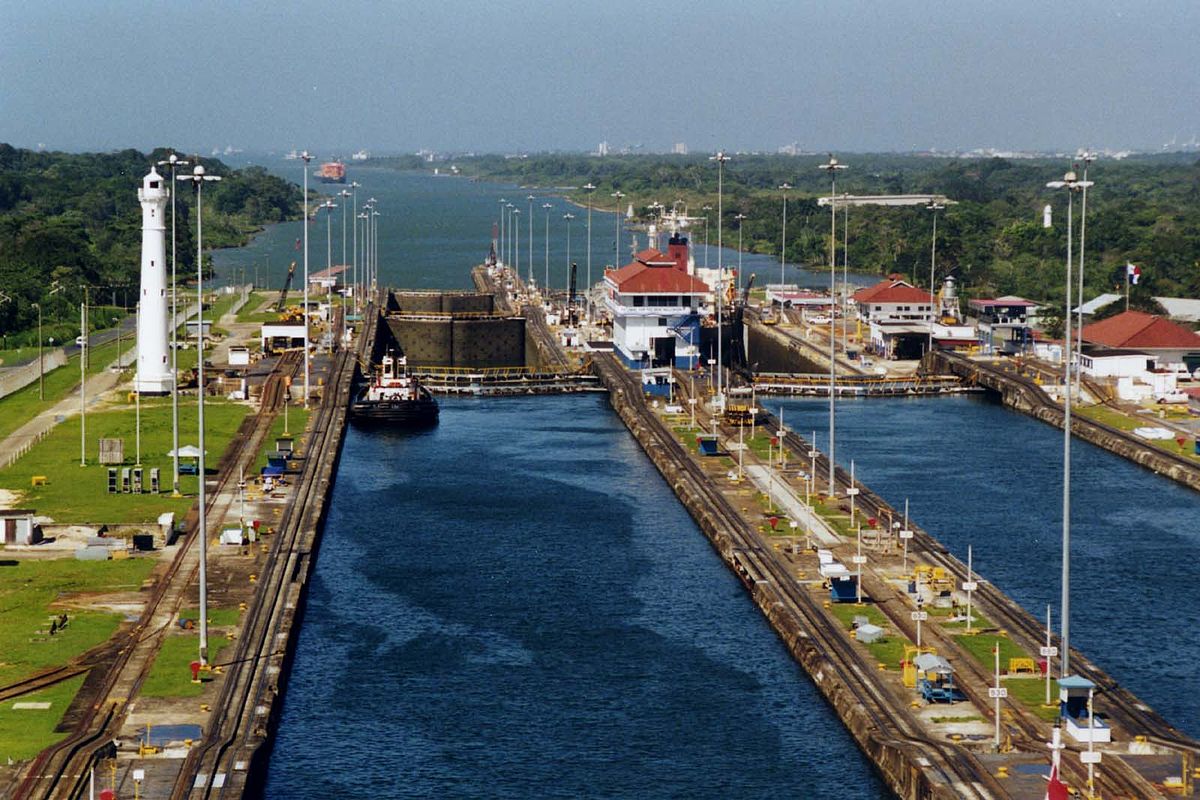
PANAMA CITY—It was supposed to be a grand celebration of the engineering triumph that forged a nation.
Instead, the 100th anniversary of the Panama Canal’s opening Friday is being marred by doubts about the country’s ability to harness the full benefits of a multibillion-dollar expansion beset by cost overruns, strikes and the threat of competition from rival projects.
The latest setback in the canal’s expansion came in May, when about 5,000 labourers walked off the job for two weeks as part of a strike over wages by construction workers nationwide. That followed a two-week stoppage in February in a dispute over $1.6 billion in extra costs between the canal’s administrator and the European contractor building a third new set of locks.
Because of the interruptions and overspending, the original completion date of this October has been pushed back by 14 months and analysts say more delays can’t be ruled out.
The construction of the 77-kilometre (48-mile) ship canal across the Isthmus of Panama a century ago transformed international trade, greatly reducing travel time between the Atlantic and the Pacific by eliminating the need for ships to go around the tip of South America. The construction claimed the lives of an estimated 30,000 workers, many from diseases like malaria and yellow fever.
As part of the $5.25 billion expansion project, wider locks with mechanical gates will reduce congestion and be able accommodate post-Panamex vessels, which are as long as three football fields and have the capacity to carry about 2.5 times the number of containers than held by ships currently using the canal.
Canal administrator Jorge Quijano acknowledges he would have liked to finish the expansion in time for Friday’s centennial. “But we knew from the beginning a project as complex as this wouldn’t necessarily be done” on time, he said.
Not everyone is as understanding.
Taiwanese President Ma Ying-jeou complained about the delays during a recent visit to Panama, saying they affect his country’s trade with the United States. Two major cargo shippers, Denmark’s Maersk and Taiwan’s Evergreen, have already rerouted part of their operations, depriving the canal of about $80 million a year, Quijano says.
When funding for the expansion was approved by a referendum in 2006, its completion was envisioned as a coming out party for Panama, a chance to showcase the country’s pro-business credentials and role as a linchpin of global commerce.
Backers portrayed the vote as a bet on the future of Panama’s children in a country where poverty still affects a third of the population, a stain on what is arguably Latin America’s most-thriving economy. For the most part, the canal has blossomed under Panamanian management, contributing more than $8.5 billion in government revenue since the Americans handed it over on Dec. 31, 1999.
But competition is lurking. Egypt is embarking on an expansion of the Suez Canal, and a Chinese firm was recently awarded a contract to build a waterway through Nicaragua, the path initially favoured by 19th century American engineers. While just a threat on paper for now, Panamanian authorities have responded with the possibility of digging a fourth set of locks to maintain dominance.
Reflecting the more subdued mood, President Juan Carlos Varela opposed suggestions that the centennial be declared a national holiday. “The anniversary is best celebrated by working,” he told journalists recently. “Panama already has plenty of free days.”
Panamanians will celebrate their canal’s anniversary with an evening of fireworks and a free concert by salsa crooner Ruben Blades. A 500-pound cake will be served to hundreds of VIPs.
Descendants of French engineer Ferdinand de Lesseps, the canal’s flamboyant first developer, are expected to attend. So are relatives of U.S. President Theodore Roosevelt, whose enthusiasm for the “big ditch” spurred the isthmus to proclaim its independence from Colombia in 1903 and sign a treaty granting perpetual control of the future waterway and adjacent 550-square mile canal zone to the United States.
Nostalgia for those earlier days runs deep in Paraiso, or Paradise in English, a village on the canal’s Pacific Ocean entrance where blue U.S. mailboxes recall a vibrant, bygone era when it was part of the canal zone.
While Panama has prospered in the past decade, taxi driver Carlos Bennett said the benefits haven’t been shared widely. Like many Panamanians, he’s counting on the canal expansion to lift the nation’s welfare but is concerned that the recent stumbles could backfire.
“The anniversary should’ve been the moment to celebrate the expansion project, that all of Panama needs urgently,” said Bennett, the grandson of a canal worker who emigrated from the British Virgin Islands. “We can’t afford the luxury of looking like we’re incapable to the rest of the world.”
Associated Press writer Joshua Goodman in Bogota, Colombia, contributed to this report.